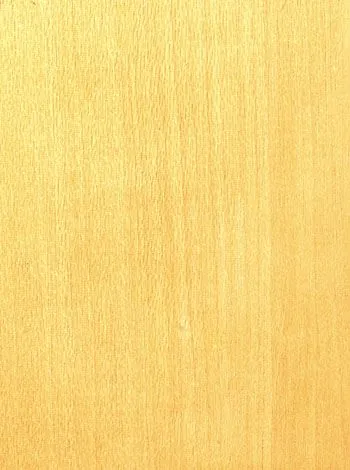| Introduction |
The Standard Malaysian Name for the timber of Scaphium
spp. (Sterculiaceae). The ASEAN Standard Name for the timber, which is
of Thai origin, is SAMRONG. The timber is known as KAPAS-KAPASAN in
Indonesia. There are four species of kembang semangkok found in
Peninsular Malaysia. Vernacular names applied include kembang semangkok
(Peninsular Malaysia, Sabah and Sarawak) with various epithets. Major
species include S. linearicarpum, S. longiflorum, S. macropodum and S.
scaphigerum. The sapwood is lighter in shade and merges gradually into
the heartwood, which is yellow-brown, light buff or light brown. Also
known as Kembang Semangkok (Brunei); Kapas-kapasan and Merpayang
(Indonesia); Shaw taung-thinbow (Myanmar); and Phungthalai and Samrong
(Thailand). |
| Botanical Name |
- |
| Natural Durability |
The timber is moderately durable under exposed
conditions. The sapwood appears to be susceptible to blue stain fungal
infection and to powder-post beetle attacks. |
| Uses |
The broad rays and the terminal bands of parenchyma
produce a very attractive figure, making the timber very suitable for
interior finishing, panelling, mouldings, cabinet making, joinery,
furniture, plywood and staircase (apron lining, handrail and sprandrel
framing). It is also suitable for posts, beams, joists, rafters, pallets
(expendable and permanent light duty) and cooling tower (non structural
members). In Thailand, it has been successfully used in the manufacture
of match splints. |
| Texture |
Texture is slightly coarse and uneven, due to the
broad rays and wide layers of parenchyma. Grain is straight or shallowly
interlocked. |
| Density |
The timber is soft to moderately soft and light to
moderately heavy with a density of 515-755 kg/m3 air dry. It is
classified under Light Hardwood in Malaysia. |
| Shrinkage |
Shrinkage is fairly high, with radial shrinkage averaging 1.2% and tangential shrinkage averaging 3%. |
| Defect |
- |



